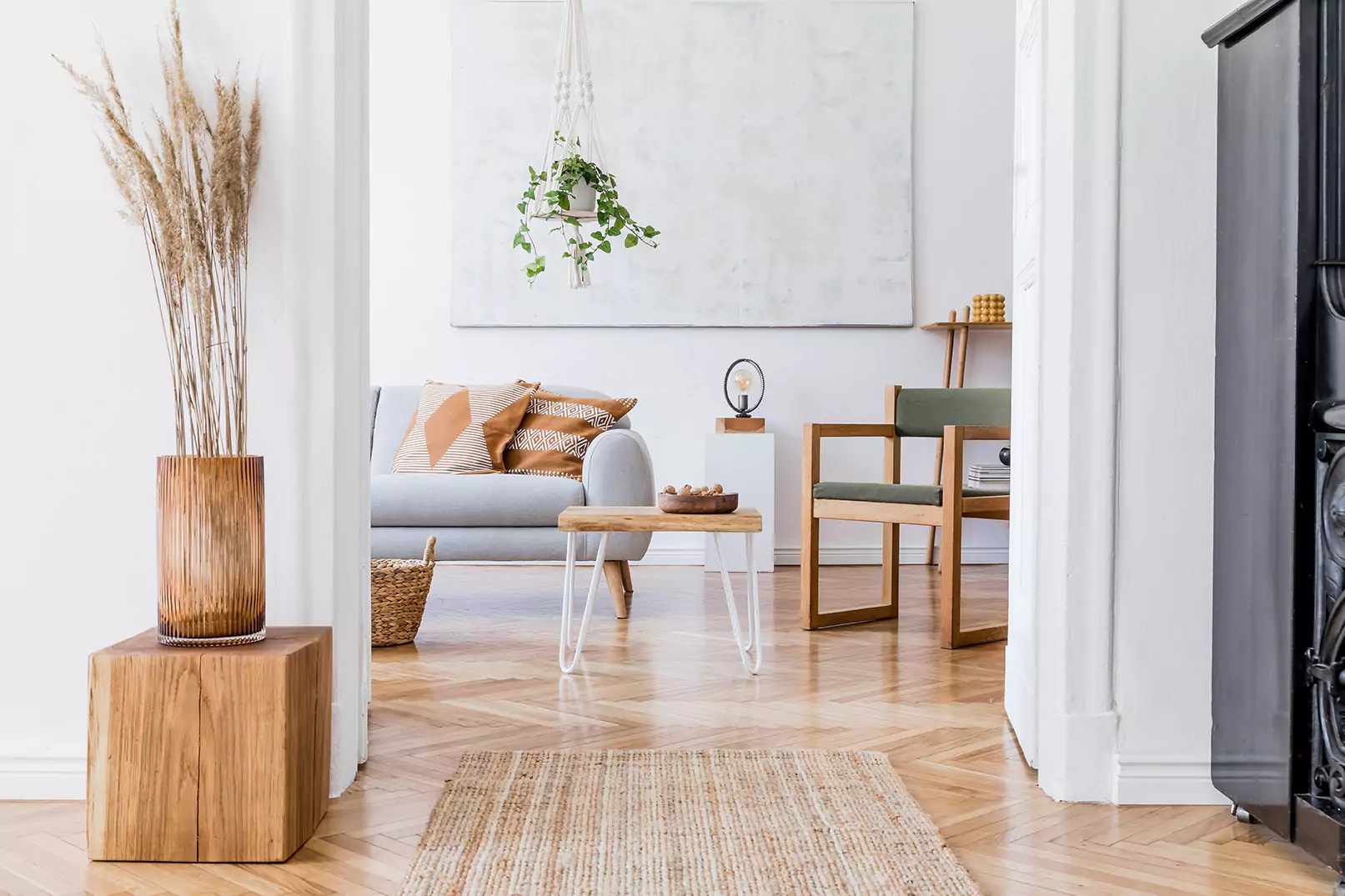Emergency situations can happen without warning. Things like fires, floods, extreme weather events, or power outages can take any homeowner by surprise, and 2017 has seen more than its fair share. That’s why it’s so important for you and your family to take the time to prepare for a potential disaster so that you’ll be equipped to handle a crisis if one should ever occur. We’re here to help you prepare your San Francisco home for whatever life may throw your way!
A fire can completely engulf your house in a matter of minutes. You can be incapacitated from smoke inhalation and hypoxia (remember – fire consumes oxygen!) in even less time. That’s why it’s so important to have a predetermined escape plan. Fire climbs, so you want to move downstairs if you can, but a stairwell might be blocked. You should have at least two exit routes, minimum, and you should designate a safe rendezvous location for everyone in your household to meet, in case of emergency.
Additionally, you and your household should agree on a meeting point (or meeting points) outside your immediate neighborhood in case it isn’t safe to return to your home or you are required to evacuate.
Keep a laminated card, or cards in a hard plastic document case, with important phone numbers. This card should be kept somewhere readily accessible, and convenient, and should include contact information for family members and close relatives, emergency services and local authorities, and family doctors or caregivers, as well as numbers for schools, workplaces, and so on. In an emergency, the minutes you’d save not having to find or search a particular number might make all the difference.
Your San Francisco home should be equipped at all times with a number of safety devices and equipment, which should be properly maintained, updated, replaced, or restocked as necessary. Here’s a quick checklist for the bare essentials, but don’t hesitate to over-prepare.
1) Fire Extinguisher
Your home should have at least one fire extinguisher on every floor, as well as one in the kitchen, laundry room, or any other room with large appliances. These should be checked at least annually to be sure they are pressurized and properly functioning. Your local fire station will be able to check them for you if you’re ever unsure.
2) First-Aid Kit
Stored in a central location, this kit should contain all the first aid basics, and everyone in the home should be familiar with how to use them. It’s often helpful to print out a checklist, to be sure that your first aid kit is properly stocked. Your needs may vary, but this list covers the basics.
3) Smoke and Carbon Monoxide (CO) detectors
Each room should have smoke and carbon monoxide detectors, but, failing that, there should be at least one of each per floor and one for each bedroom. If your smoke detectors are battery-powered, long-life lithium batteries will need to be replaced less often. The detectors should be tested once a month, and replaced if they aren’t properly functioning.
4) Food and Water
Most emergency preparedness checklists recommend storing at least three days’ worth of nonperishable food and water per person, at any given time. Generally speaking, each person should have a supply of at least three gallons of water, at the minimum. As for food, dried beans, oats, wheat, rice, or other grains will be kept for decades if properly stored. Honey and mustard never expire. Vitamins, nutritional supplements, trail mix bars, and so on will gradually deplete their potency over time, so be sure these stores are updated as necessary.
5) Bug-Out Bag
Each family member should keep a backpack stocked with a supply of food and water, all-weather clothing (remember to dress in multiple layers, rather than wasting space packing a single oversized winter parka, and don’t forget the wool socks), a flashlight, and batteries (stored separately), a phone charger, a whistle, a compass, paper and pencil, a length of paracord, duct tape, a utility knife and trowel, water purification tablets, a metal cooking pot, utensils, a towel, a tarp or small tent, $200 cash, fire starters, and basic personal hygiene supplies (like toilet paper, wet naps, soap, a toothbrush, and so on). It’s called a “bug-out” bag because it’s always packed and ready to grab in case of an emergency. If you need to leave in a hurry, you’ll know you aren’t forgetting anything if the bag is always ready to go.
It’s our hope that you’ll never have to use any of these emergency supplies, but by planning for the worst eventuality now, you’ll be keeping your family safe.
Homeowners want to make sure that the value of their home is covered in the event of any major disaster or emergency, but they also don’t want to get gouged by paying high insurance premiums. It’s all very risk versus reward and it can be tricky to navigate, especially in an expensive city like San Francisco. For example, buying a home would result in a big loss if there were an earthquake and the home wasn’t insured. So while earthquake insurance will increase your premium, it could be worth the expense in the long term.
If you're looking to buy or sell a San Francisco home, please contact Danielle Lazier + Associates. We're the best Realtors in San Francisco, with decades of combined experience and a team of experts at your disposal. Contact us today and let's get started!
